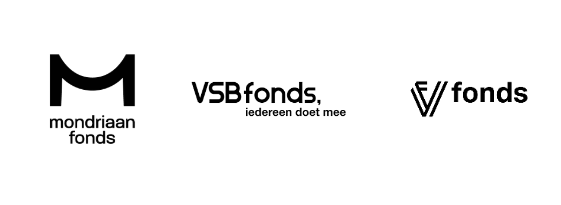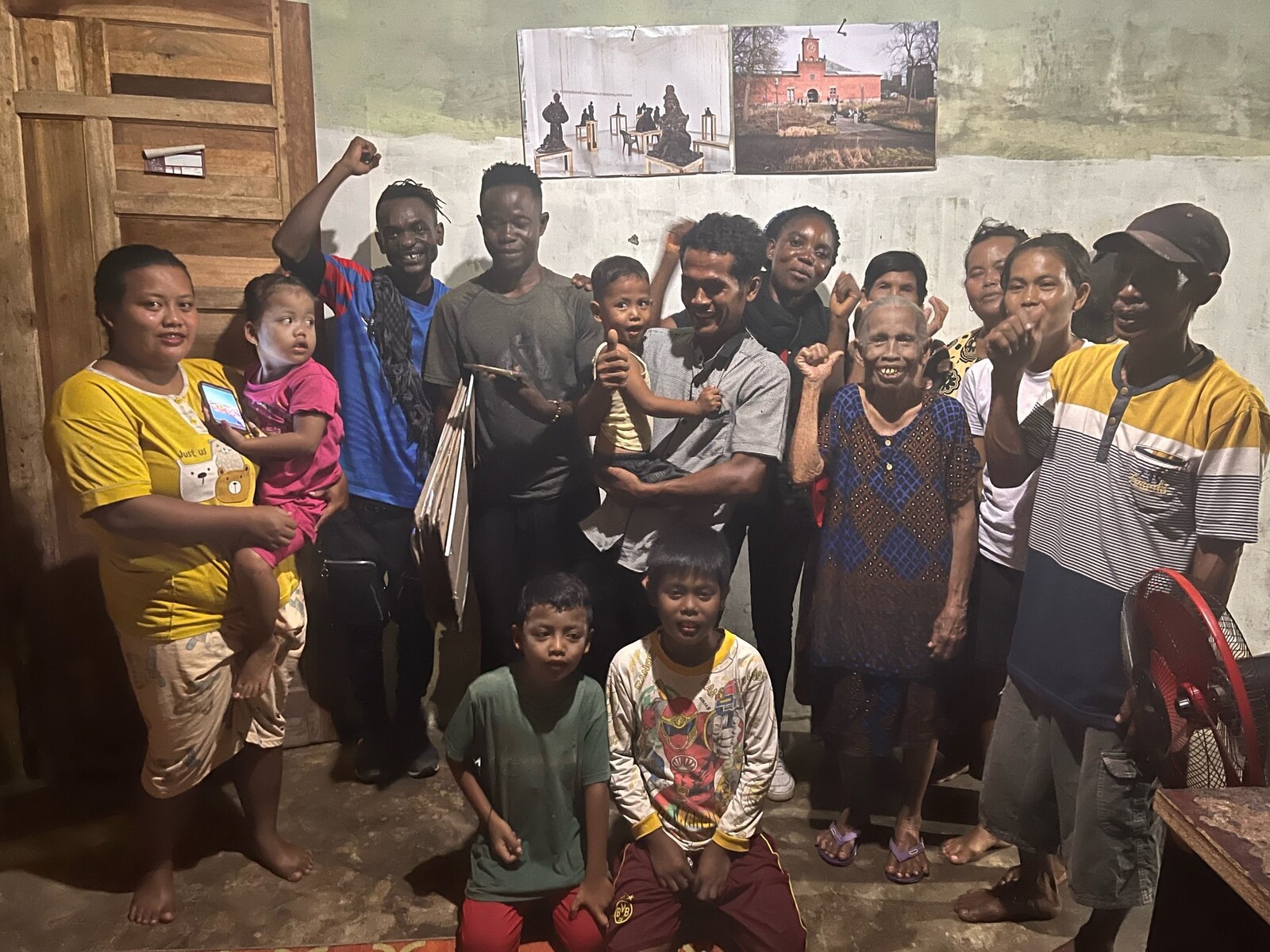Two Sides of the Same Coin
December 21, 2024–March 2, 2025
Stratumsedijk 2
Eindhoven
The Netherlands
Hours: Tuesday–Sunday 11am–5pm
T +31 40 238 1000
info@vanabbemuseum.nl
On January 18, the Congolese art collective Cercle d’art des Travailleurs de Plantation Congolaise (CATPC) officially launched an exhibition at Eindhoven’s Van Abbemuseum, showcasing sculptures, drawings, textiles, and video works. This exhibition engages critically with the museum’s existence and its modern art collection, highlighting the complex relationship between museums and the legacies of exploitation.
The Van Abbemuseum, along with parts of its collection, has been partially financed with profits made through forced labour on plantations. Henri van Abbe, the museum’s founder, amassed wealth through tobacco plantations in Indonesia.
In preparation for the exhibition, CATPC members Mbuku Kimpala, Matthieu Kasiama, and Ced’Art Tamasala travelled from Congo to the former tobacco plantations in Sumatra to consult with communities there. These plantations have now been turned into palm oil plantations. During their discussions, CATPC and the communities explored their shared histories and experiences. After these conversations, CATPC requested permission from the communities to host the exhibition Two Sides of the Same Coin in Eindhoven. At the Van Abbemuseum, they are showcasing sculptures as part of the Delinking and Relinking exhibition. This exhibition places the work of CATPC in dialogue with the museum’s collection and continues the historical narrative presented in the exhibition Hidden Connections, which is also on display.
CATPC’s work emphasises the shared narratives of exploitation across different regions. Ced’Art Tamasala noted, “Just as the work of your ancestors made the establishment of the Van Abbemuseum possible, we funded other museums. Our stories are the same.” The collective points out that while museums are starting to acknowledge being situated on Indigenous lands, they frequently overlook their histories of being funded through forced labour on expropriated lands elsewhere. Institutions such as Tate Modern, Ludwig Museum, and Stedelijk Museum Amsterdam have similarly benefited from such legacies without—so far—engaging much with the communities still working and living on these plantations.
By first seeking permission from this community, CATPC sets a new precedent for Indigenous land acknowledgement within museum practices. They advocate for labour acknowledgement and for the active involvement of plantation workers in shaping the future of these institutions.
Matthieu Kasiama emphasised, “Century after century, the children of the plantations are left behind. We financed the museums, but we are never invited. Yet we too have stories to share. We too can be curators and directors at the museum.”
The exhibition, titled Two Sides of the Same Coin, follows CATPC’s presentation at the Venice Biennale and is curated in collaboration with Hicham Khalidi. It also marks the final show by departing director Charles Esche and is notable for being the first instance where a community of plantation workers has been invited to respond to a museum and its collection that were historically funded by plantation labour.
In Two Sides of the Same Coin CATPC presents sculptures crafted from palm oil, sugar, and cocoa—raw materials cultivated on plantations in Congo. These works intervene in the museum’s collection presentation, challenging traditional narratives and offering a form of epistemological restitution for plantation workers from the Democratic Republic of Congo. The exhibition features various art forms, including textile works, drawings, video installations, and documentation of meetings held in Medan, Indonesia.
CATPC aims to forge alliances with communities still working on plantations in Sumatra, fostering a dialogue between museums and the workers. Despite the formal abolition of forced labour, conditions on plantations are still dire. One worker expressed, “What we earn is not enough to support ourselves. We need to work so much that there is simply no time for any creativity.”
Additionally, the exhibition includes a historical Congolese sculpture that was made in resistance to forced labour on plantations, depicting Maximilien Balot, a Belgian colonial agent killed during the last major uprising in Congo before independence in 1931. Dominique Thibaux, Balot’s grandniece, attended the exhibition’s opening alongside CATPC.

